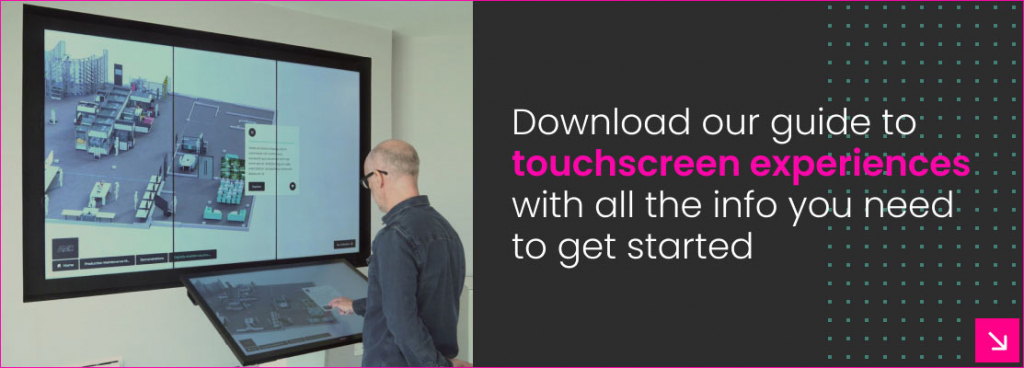Visual Storytelling in the form of immersive customer experiences for touchscreen experiences, sales enablement tools or interactive presentations is fast becoming a key customer sales strategy – and it’s transforming the landscape for brands, marketing and beyond!
“The next competitive battleground for leading-edge companies, whether they sell to consumers or businesses, will be in creating experiences.
“We are now in an experience economy.“
The Harvard Business Review
This transformation is partly due to innovative technology becoming more accessible, a shift in customer behaviour and the fact that the expectation on brands is now higher than ever before. Your customers are now looking for authentic, responsible brands that are personal to them, know what they want, and will deliver. It’s no longer about the physical product or service, people expect a smartphone to work when they buy it, it’s all about the personal experience they’ll have when using the phone and how they can customise it to their own needs.
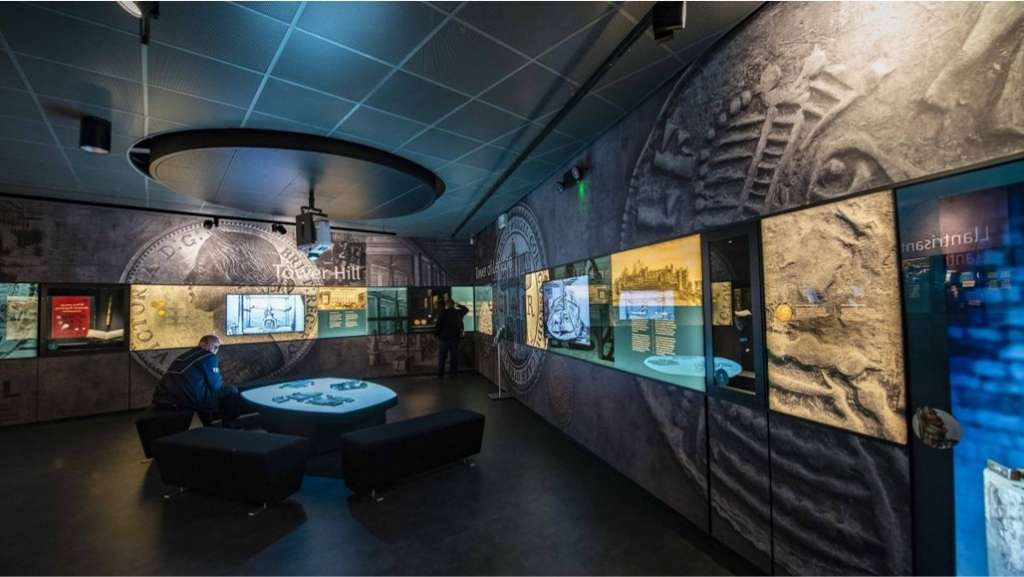
You might already be thinking along these lines and looking to create something that’s unique and memorable and will give your customers an experience that’ll bring them closer to your brand. But where on earth do you start? Check out our recent blog about creating touchscreen experiences to get a better idea.
But how do you create an interactive customer experience?
Whether you’re planning on going it alone with the help of your in-house design team – or you’re outsourcing to an interactive design agency, we’ve put together some of the most important considerations when creating captivating and immersive interactive experiences your customers will love. We’ll cover the following in this blog:
- It’s all about your customers
- Make it intuitive
- Tell a compelling story
- Let users play a central role
- Add a touch of gamification
- Inspire action
- Create an immersive environment
- Next steps
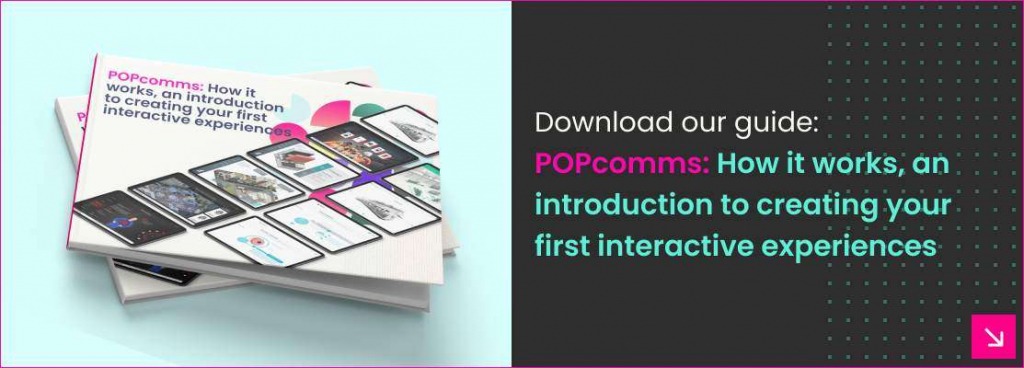
1. It’s all about your customers
We always start with the customer, they are the centre of everything.
- What do they want from you?
- What kind of experience do they want?
- What kind of experience do you want them to have?
- How will you meet their needs and expectations?
- How will you create an experience that satisfies them and brings them closer to your brand?
Exceeding their expectations is a big part of creating something they’re going to find memorable, engaging and persuasive.
With that in mind, it’s important to think carefully about what your customers are going to need from your experience – and how that aligns with your own objectives (but more about that in point 6). How can you give them an experience that’s centred around them, and takes into account their world, their needs, and their interests?
But, not only must it be customer-centric but also personal – your experience must talk to the individual, so how can you take that into account when designing an experience? Again, this is all about understanding your customers and the users of your experience and tailoring the different messages and outcomes to take account of them.
2. Make it intuitive
“No amount of creativity will mask a bad user experience and a bad user experience means an unhappy customer”
Stuart Janicki, Head of Customer Experience, POPcomms
In order to deliver the best possible experience for your customers, you have to create an intuitive and easy experience for them to achieve their goals. Whenever we do something as an individual we have a specific outcome in mind of what we want to achieve and these are goals.
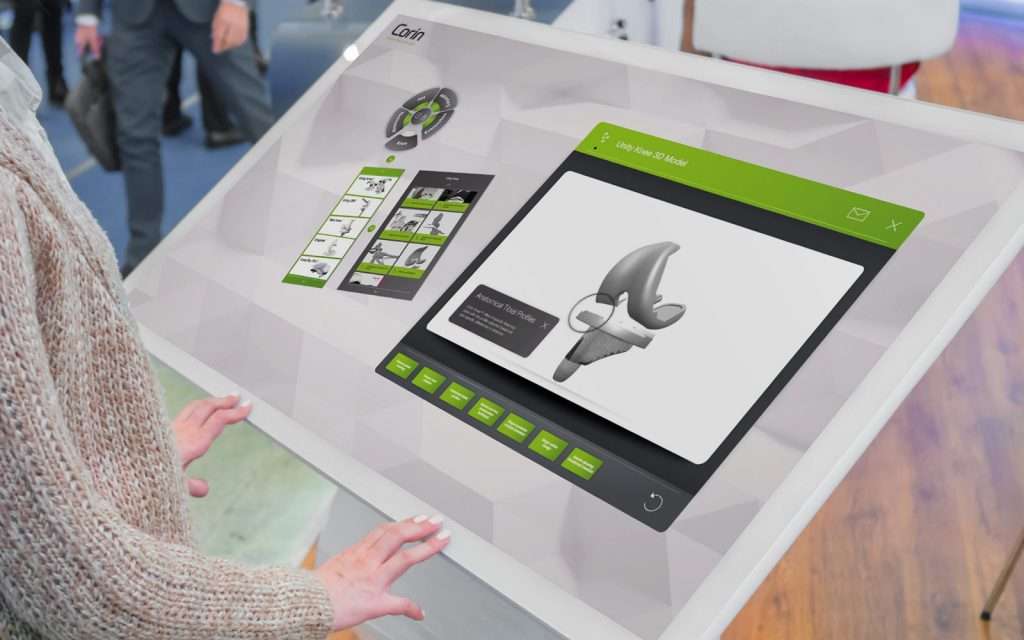
People are naturally risk averse, and a little lazy, and if they get confused, frustrated, or overwhelmed at what they’re supposed to be doing they’ll simply walk away. The result? A loss on your investment.
Unfortunately, this is a simple mistake a lot of companies make when creating an interactive experience. An example of this and the most common misconception, especially with touchscreen experiences, is that you can put your website on a touchscreen and that’s all that is needed.
Any interactive experience that runs on a large touchscreen is very different from the way you’d normally navigate a website using a PC, smartphone or tablet. Touchscreens are much larger, and people interact with them in a different way, not only physically but also from a human interaction perspective (we won’t get too deep on the psychology of human interaction here) – it’s enough of a difference to be significant though.
Not to mention, most websites aren’t particularly immersive or even designed to be an experience, and lack a personal, customer-centric design.

3. Tell a compelling story
Visual storytelling has always been a powerful tool and there’s no better way to guide users through your experience (and keep them engaged every step of the way) than telling a compelling visual story.
And if you make it interactive? All the better, as that is where you can start to personalise the story. Again, it starts with the customer, how do you attract their attention, pique their interest and create the desire to follow the experience through?
A staggering 91% of B2B buyers say they now prefer to consume interactive and visual content, as opposed to static content. DemandGen Report
We are not talking about fairy-tale-style storytelling here, even the most complex of businesses can utilise simple storytelling techniques to create a compelling experience that takes customers on a journey.
Think about the story you’re looking to tell, what will resonate with your audience and how can it be transformed into an interactive experience. How can you map it out so that you can achieve everything you need and keep people engaged all the way through?
Take the time to carefully craft a beginning, a middle and an end for your story. For example, what’s your starting point – in other words, what’s going to get users hooked into the story from the very beginning? What will be the perfect ending – or satisfying climax – and how do you want users to feel afterwards or what do you want them to do, what is the call to action?
And don’t forget all the little details in between – sometimes they’re what make a story all the more compelling.
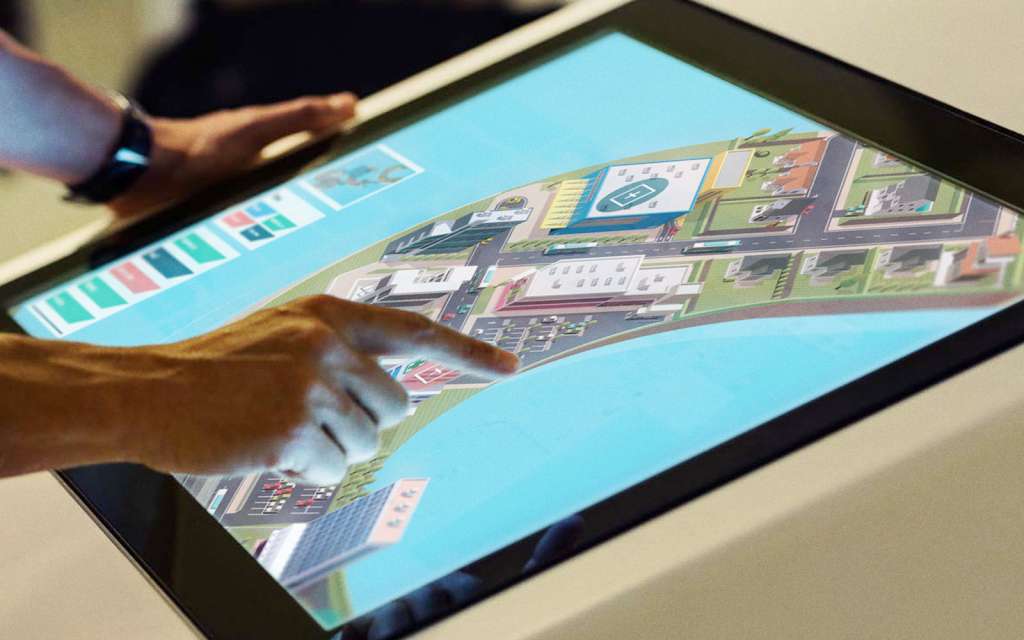
4. Let users play a central role
So, if the above sounds like a good idea, why not introduce a personalised character to your story that resonates with your audience? If you can put them in the centre of your story and let them make key decisions that affect how things will play out, you’re almost guaranteed to keep their attention.
Giving your customers the wheel puts them at the heart of the experience and if you can weave in an emotional element all the better to build that connection.
This then plays nicely into our next point.
5. Add a touch of gamification
Gamification is another great way of keeping your customers immersed and can make your experience a more enjoyable and engaging one. For instance, users could have the option to play a game that ties various aspects of your experience together in a way that’s fun but also gets your message across in a subtle yet impactful way.
Remember, this should be an intuitive experience that’s not too taxing or confusing. Gamification can be a great way of highlighting your value proposition and really cementing it in the mind of your customer.
As an example, we created an interactive experience for Citrix to be used at their global events to build a sales pipeline around mobile security. The gamified experience was closely linked to the mobile security message and featured league tables and the potential to win an Airwheel.
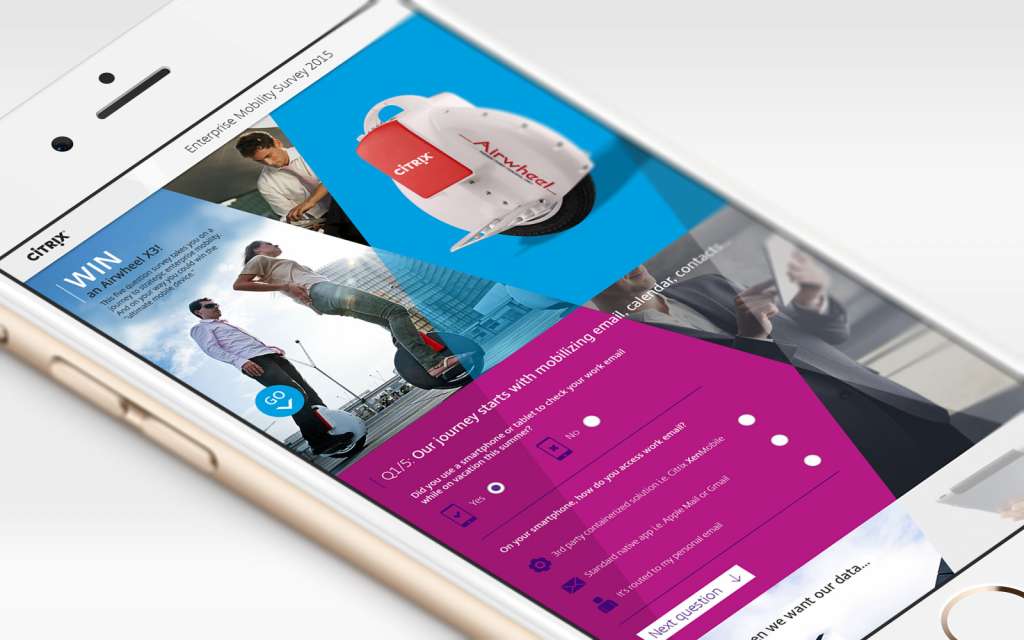
“You took one idea and shaped it into a multi-touch program – executable in different ways, languages and over an extended time frame. As a direct result, we doubled our lead capture at, delivered stunning content to the business, and this program has delivered over 1,000 leads and strong 7–digit contribution to the sales pipeline.“
Mike Oliver, Senior Marketing Manager, Citrix
6. Inspire action
We’ve mentioned this briefly above, but it’s important to consider why you’re thinking of designing an interactive touchscreen experience in the first place. For example, what do you want to get back from users of the experience – leads, brand/product awareness, sales?
Carefully consider the sort of impression you want people to be left with, and the action you want them to take afterwards (for instance, leaving their contact details, making a purchase – or something else entirely!). But in return for these things, you have to offer something valuable in return, whether that is content, a reward or an enjoyable experience.
Action and Goals are the key here. You have to be absolutely clear in your mind what action you need people to take during and after your experience and this must align with their goals – without these two being perfectly aligned you won’t get the results you need.
7. Create an immersive environment
If you’re thinking about designing an experience using interactive touchscreens then that’s great. But what about the area surrounding your experience? Think about the surroundings and how to create an immersive environment that will complement your experience as a whole.
Consider how you want people to feel in that space – should it be calming? Perhaps it’ll be a friendly, welcoming environment that encourages people to come and interact – we humans are cautious creatures, and if you don’t make it obvious that your experience is there for them to play with and explore, they might not get the hint.
There are different ways an interactive experience can affect the surroundings of a space – for example, it could control the surrounding lights or audio in the space.
You could introduce sensors so when someone enters a specific area the interactive screens respond, or object recognition (popular with brands who have a product to demonstrate or for educational experiences) that provides different content when a specific object is picked up.
There are so many things you can do to enhance the overall immersive experience beyond the screens themselves that itis worth considering this at the same time.
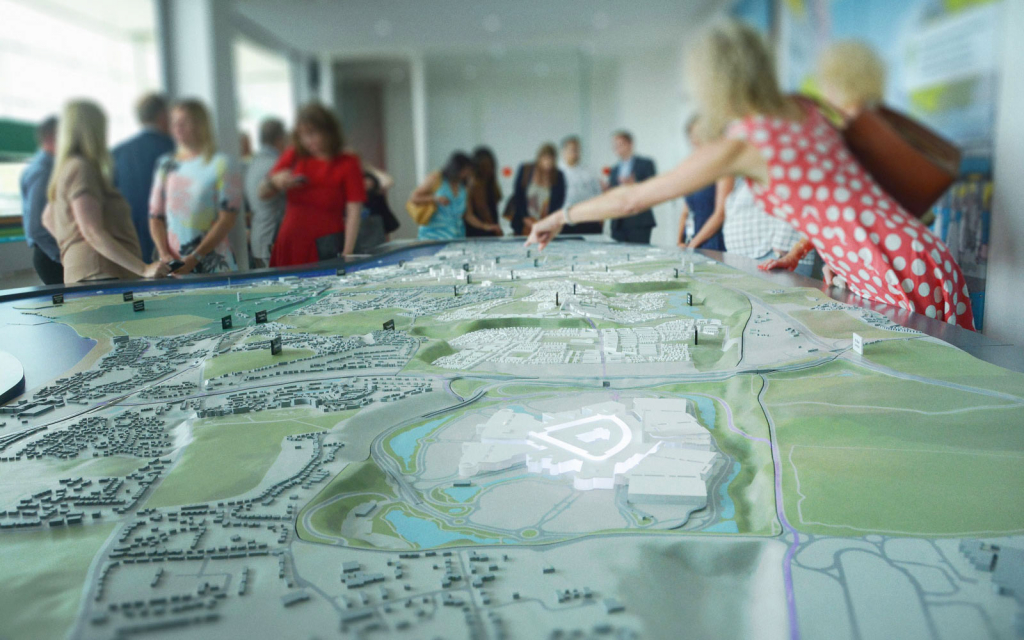
Your next steps
If this is your first time thinking about developing an interactive experience, and you’re feeling a bit overwhelmed, don’t panic. You don’t have to go it alone, and the best advice we can give you is to seek out an experienced interactive agency or specialist who can give you some advice on your first steps and lots of ideas.
There are plenty of great resources online – and we’ve even outlined where to start when developing an interactive touchscreen experience for your business right here on our blog. If you do decide to go down the agency route, we’d advise asking to see some previous examples of their work and getting a better idea of what might be possible for you – and your budget.
They should listen to you and understand your objectives or what success looks like for you and guide you every step of the way to creating an experience that your customers will love.
Key Takeaways
We hope you’ve enjoyed reading! Immersive user experience design can be a powerful way to make a deeper connection with your customers; just so long as you know what it is you’re looking to achieve. Then, you can consider how you’re going to get there with an experience geared around your customers.
Saying that there’s little point in utilising the latest technology just because it’s there – that’s why an interactive design specialist will help talk you through your options and help you decide what might be the best approach for you – be it an interactive touchscreen, or something else.
If you want to learn more about your interactive experience possibilities? Then download our guide to interactive experiences, or feel free to book a demo. We’d love to hear from you.

Related Posts
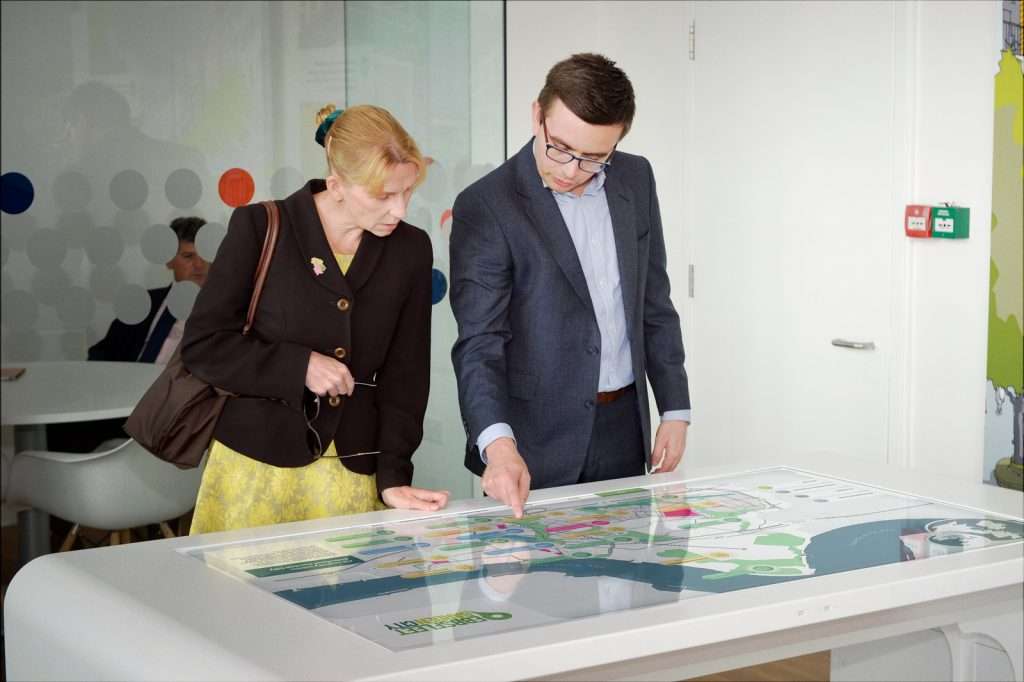
How You Can Measure the Success of an Interactive Touchscreen Experience
Read
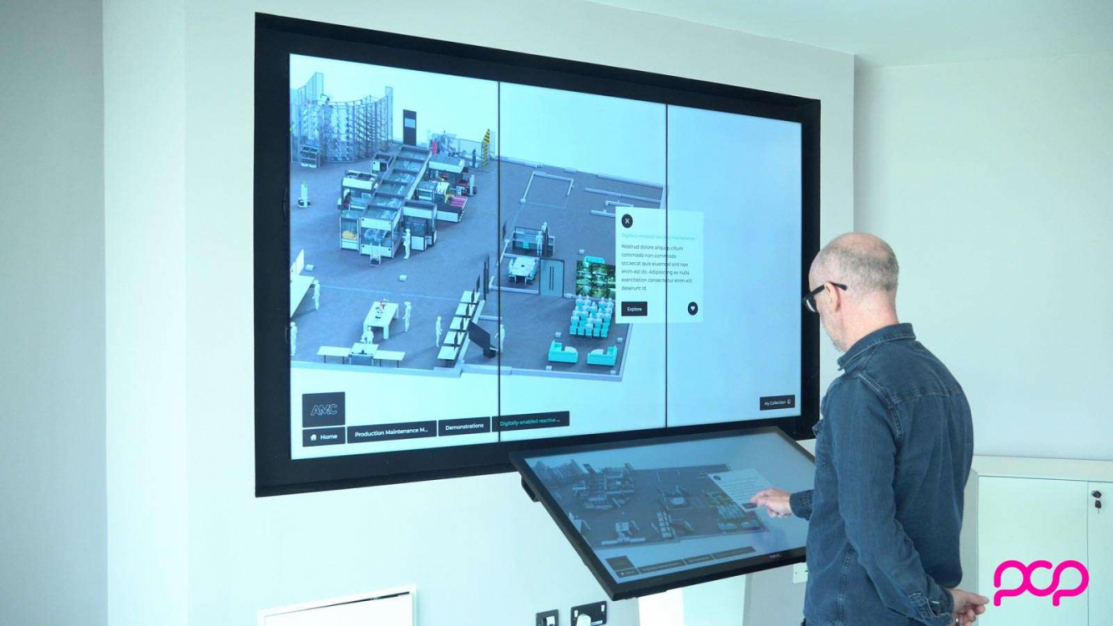
Which Software Can I Use to Create Interactive Touchscreen Experiences?
Read
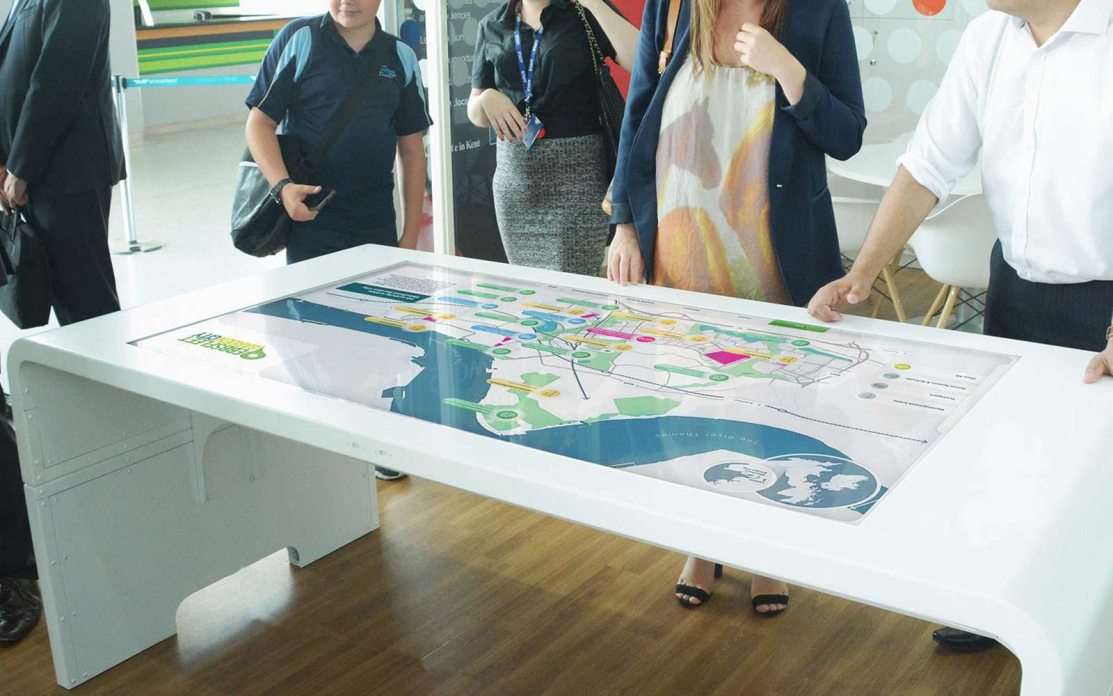
Why Interactive Sales Tools Are So Effective at Building Long-Term Customer Relationships
Read
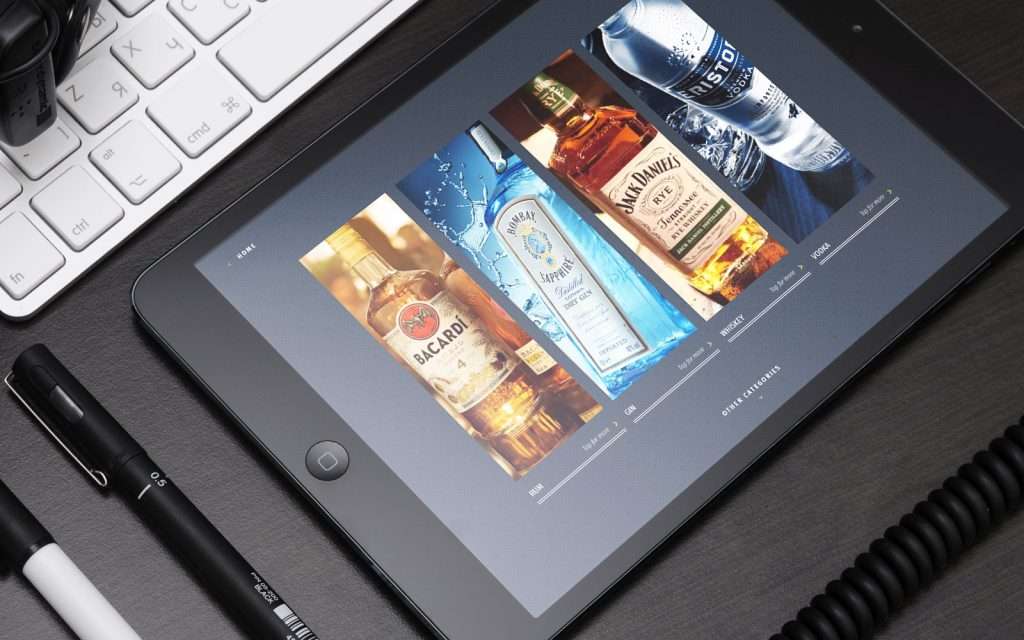
Why Interactive Touchscreens Are So Effective for Retail
Read
